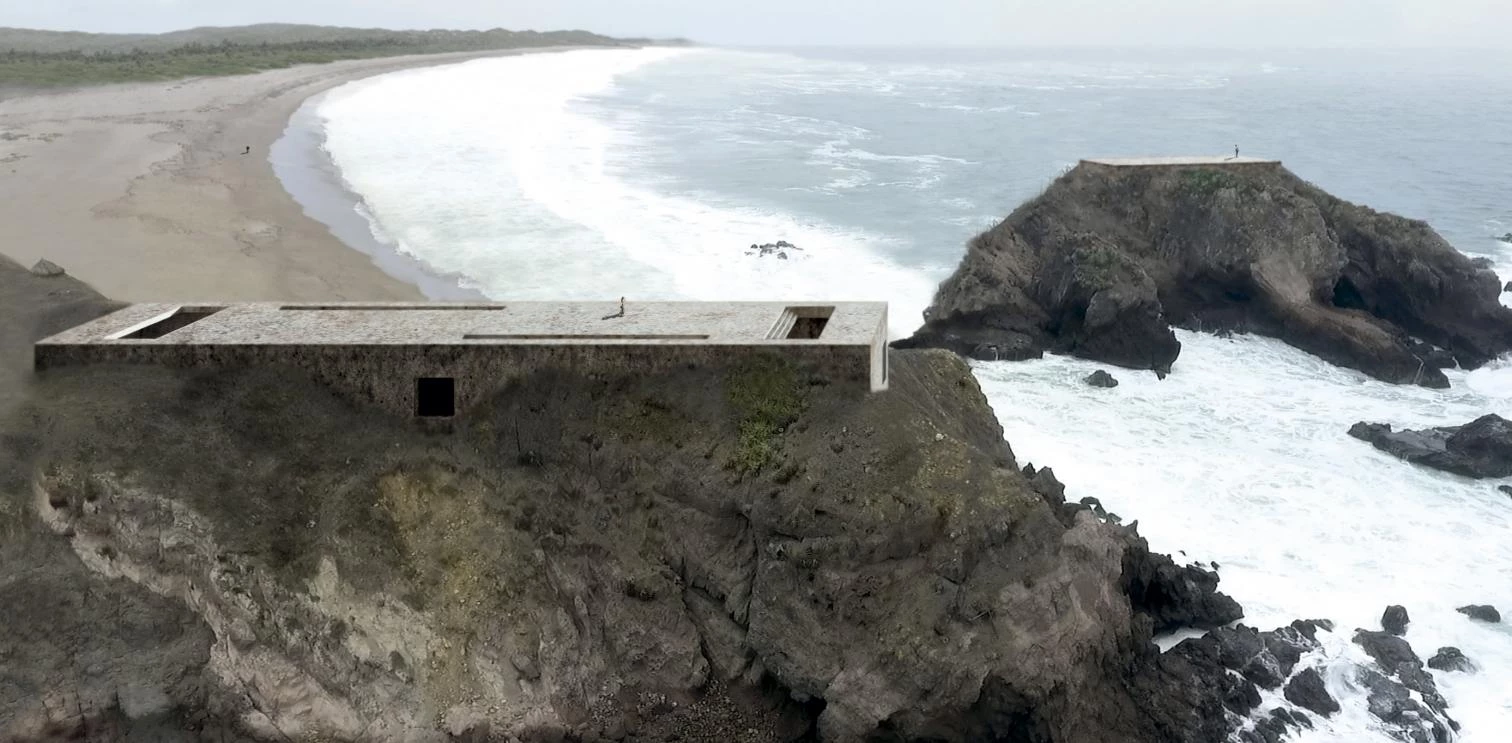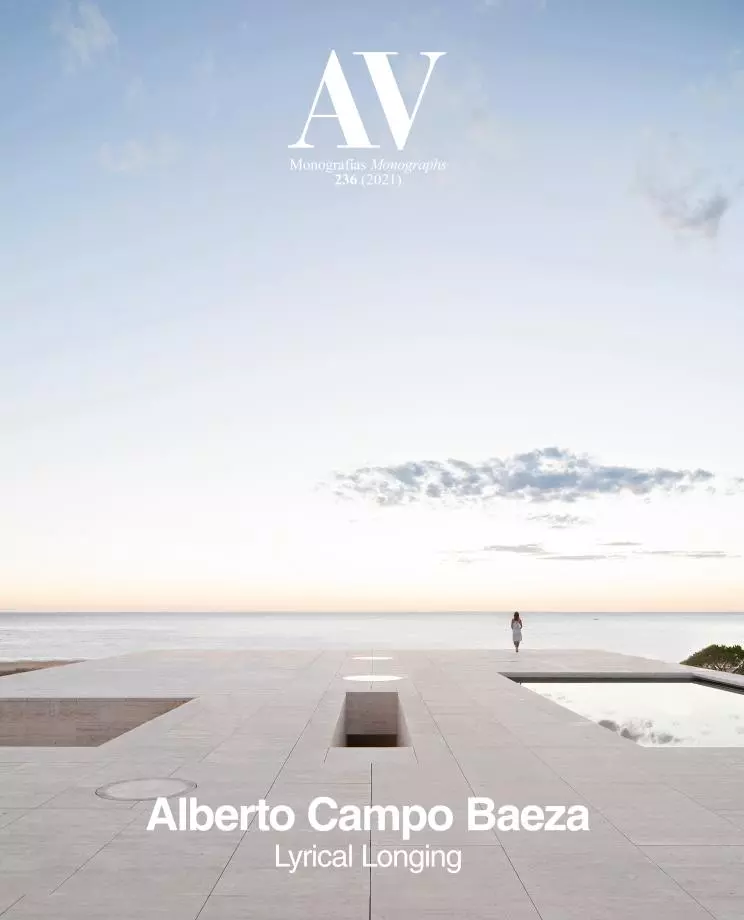The Temenos and the Belvedere

El Tecuán, Jalisco (México) 2019
Undeterred by the vagaries of fashion, Alberto Campo Baeza has kept his faith for over half a century with the Platonic purity of his unique architectural vision, amplified of late by shifting his work to the time-honored paradigms of the temenos and the belvedere. In this regard, it may be claimed from an experiential standpoint that the temenos is primarily tactile, while the belvedere is quintessentially visual, and that where the one is experienced through the dynamic movement of the body across the static mass of a stereotomic platform, the other stems from a distant panorama seen from an elevated vantage point. Other existential conditions qualify our experiences of these archetypal forms; on the one hand, the life-sustaining shelter of the house, and on the other, the eternal silence of a tomb. The former appears most recently in Baeza’s elegant Neo- Palladian Rotonda House, while the latter surfaces in his proposal for an eight-cubic-meter concrete tomb, set on a concrete podium with a solid concrete door, projected for the Capoluogo Cemetery in Venice in 2016. This 2x2x2-meter volume, illuminated by corner windows, will be reiterated in an equally commemorative work, the Robert Olnick Pavilion conceived this year as a gallery to be added to the Magazzino museum in Cold Spring, New York...
[+]





